Ramy Atawia
The Internet of Senses: Building on Semantic Communications and Edge Intelligence
Dec 21, 2022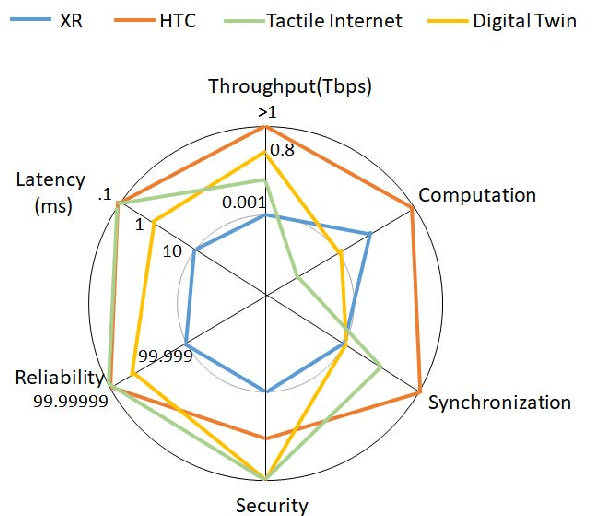
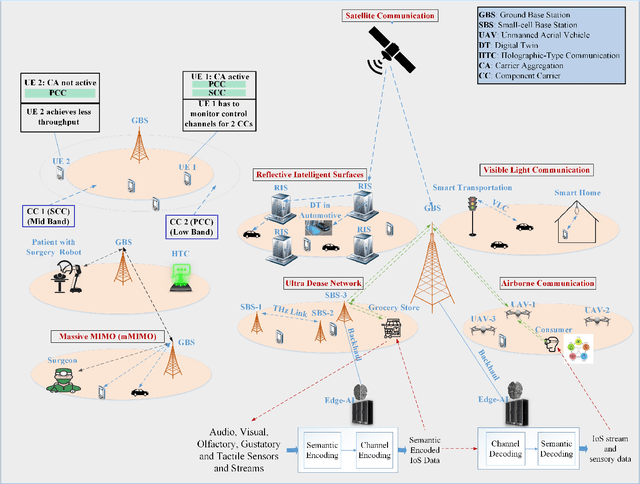
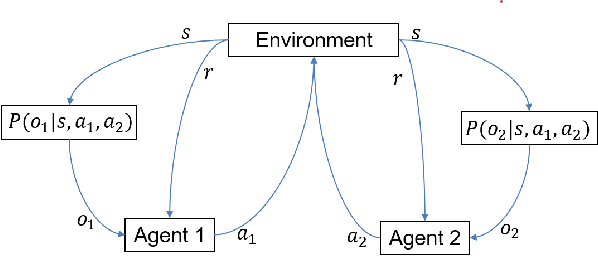
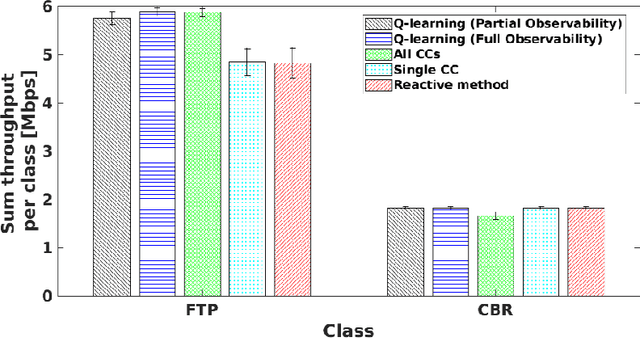
Abstract:The Internet of Senses (IoS) holds the promise of flawless telepresence-style communication for all human `receptors' and therefore blurs the difference of virtual and real environments. We commence by highlighting the compelling use cases empowered by the IoS and also the key network requirements. We then elaborate on how the emerging semantic communications and Artificial Intelligence (AI)/Machine Learning (ML) paradigms along with 6G technologies may satisfy the requirements of IoS use cases. On one hand, semantic communications can be applied for extracting meaningful and significant information and hence efficiently exploit the resources and for harnessing a priori information at the receiver to satisfy IoS requirements. On the other hand, AI/ML facilitates frugal network resource management by making use of the enormous amount of data generated in IoS edge nodes and devices, as well as by optimizing the IoS performance via intelligent agents. However, the intelligent agents deployed at the edge are not completely aware of each others' decisions and the environments of each other, hence they operate in a partially rather than fully observable environment. Therefore, we present a case study of Partially Observable Markov Decision Processes (POMDP) for improving the User Equipment (UE) throughput and energy consumption, as they are imperative for IoS use cases, using Reinforcement Learning for astutely activating and deactivating the component carriers in carrier aggregation. Finally, we outline the challenges and open issues of IoS implementations and employing semantic communications, edge intelligence as well as learning under partial observability in the IoS context.
Segmented Learning for Class-of-Service Network Traffic Classification
Aug 03, 2022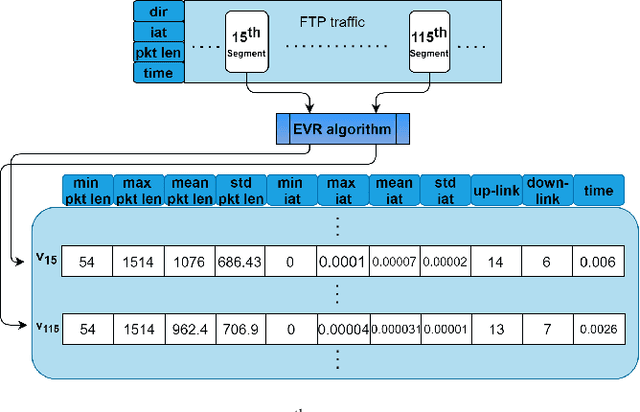
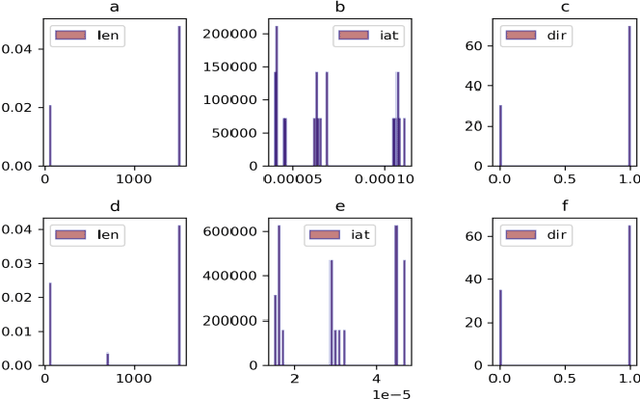
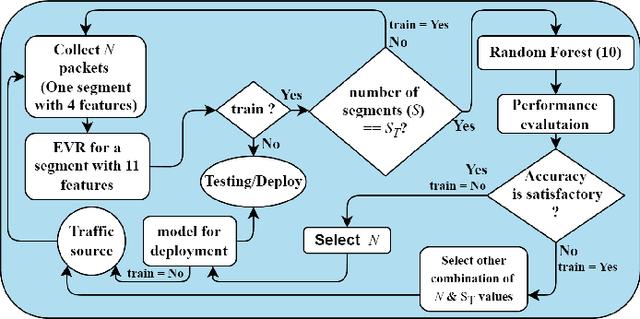
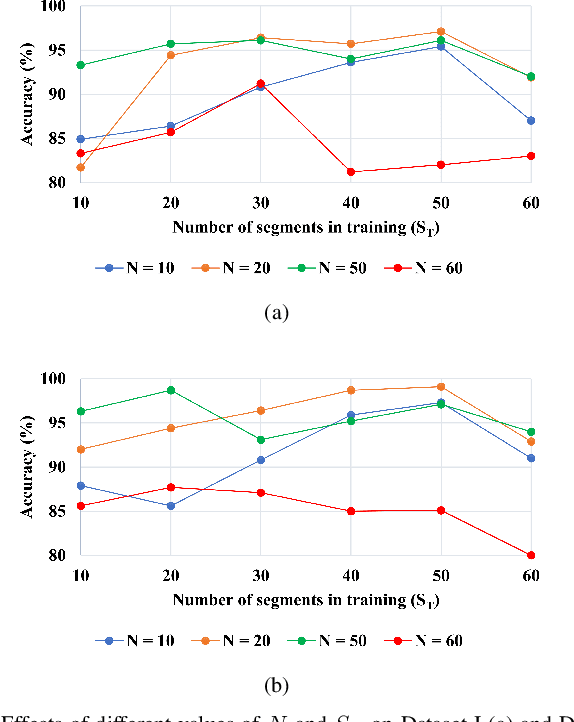
Abstract:Class-of-service (CoS) network traffic classification (NTC) classifies a group of similar traffic applications. The CoS classification is advantageous in resource scheduling for Internet service providers and avoids the necessity of remodelling. Our goal is to find a robust, lightweight, and fast-converging CoS classifier that uses fewer data in modelling and does not require specialized tools in feature extraction. The commonality of statistical features among the network flow segments motivates us to propose novel segmented learning that includes essential vector representation and a simple-segment method of classification. We represent the segmented traffic in the vector form using the EVR. Then, the segmented traffic is modelled for classification using random forest. Our solution's success relies on finding the optimal segment size and a minimum number of segments required in modelling. The solution is validated on multiple datasets for various CoS services, including virtual reality (VR). Significant findings of the research work are i) Synchronous services that require acknowledgment and request to continue communication are classified with 99% accuracy, ii) Initial 1,000 packets in any session are good enough to model a CoS traffic for promising results, and we therefore can quickly deploy a CoS classifier, and iii) Test results remain consistent even when trained on one dataset and tested on a different dataset. In summary, our solution is the first to propose segmentation learning NTC that uses fewer features to classify most CoS traffic with an accuracy of 99%. The implementation of our solution is available on GitHub.
Virtual Reality Gaming on the Cloud: A Reality Check
Sep 21, 2021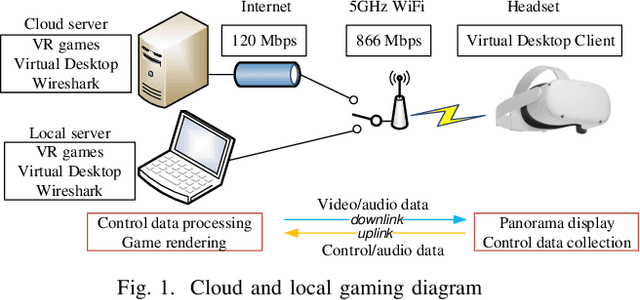
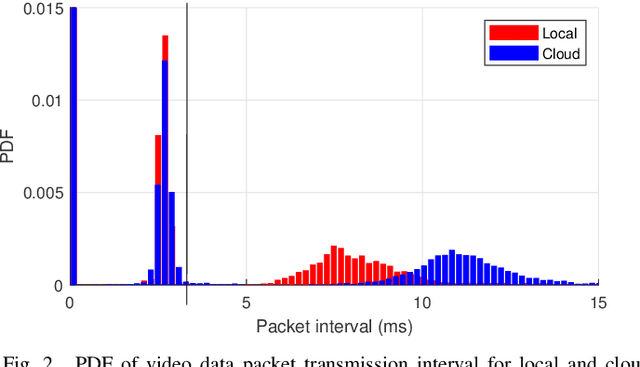
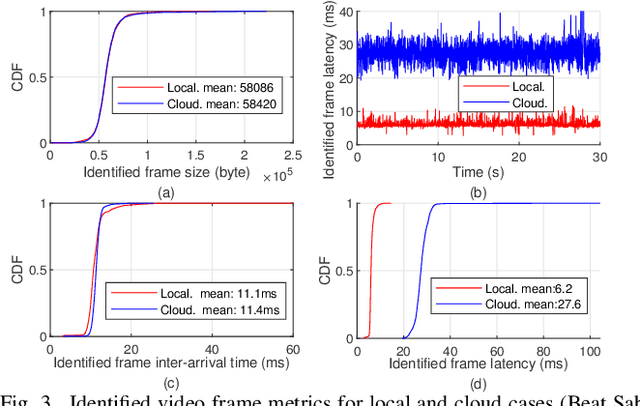
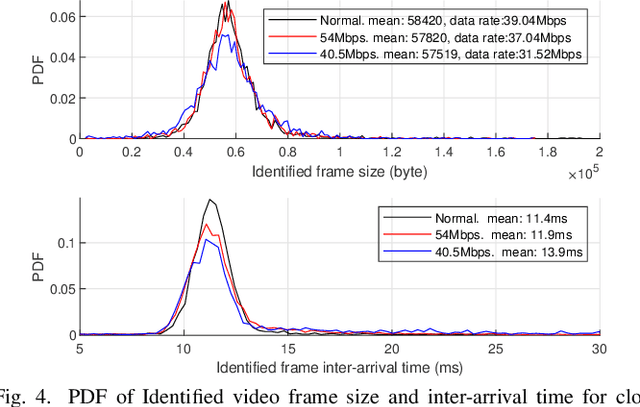
Abstract:Cloud virtual reality (VR) gaming traffic characteristics such as frame size, inter-arrival time, and latency need to be carefully studied as a first step toward scalable VR cloud service provisioning. To this end, in this paper we analyze the behavior of VR gaming traffic and Quality of Service (QoS) when VR rendering is conducted remotely in the cloud. We first build a VR testbed utilizing a cloud server, a commercial VR headset, and an off-the-shelf WiFi router. Using this testbed, we collect and process cloud VR gaming traffic data from different games under a number of network conditions and fixed and adaptive video encoding schemes. To analyze the application-level characteristics such as video frame size, frame inter-arrival time, frame loss and frame latency, we develop an interval threshold based identification method for video frames. Based on the frame identification results, we present two statistical models that capture the behaviour of the VR gaming video traffic. The models can be used by researchers and practitioners to generate VR traffic models for simulations and experiments - and are paramount in designing advanced radio resource management (RRM) and network optimization for cloud VR gaming services. To the best of the authors' knowledge, this is the first measurement study and analysis conducted using a commercial cloud VR gaming platform, and under both fixed and adaptive bitrate streaming. We make our VR traffic data-sets publicly available for further research by the community.
 Add to Chrome
Add to Chrome Add to Firefox
Add to Firefox Add to Edge
Add to Edge